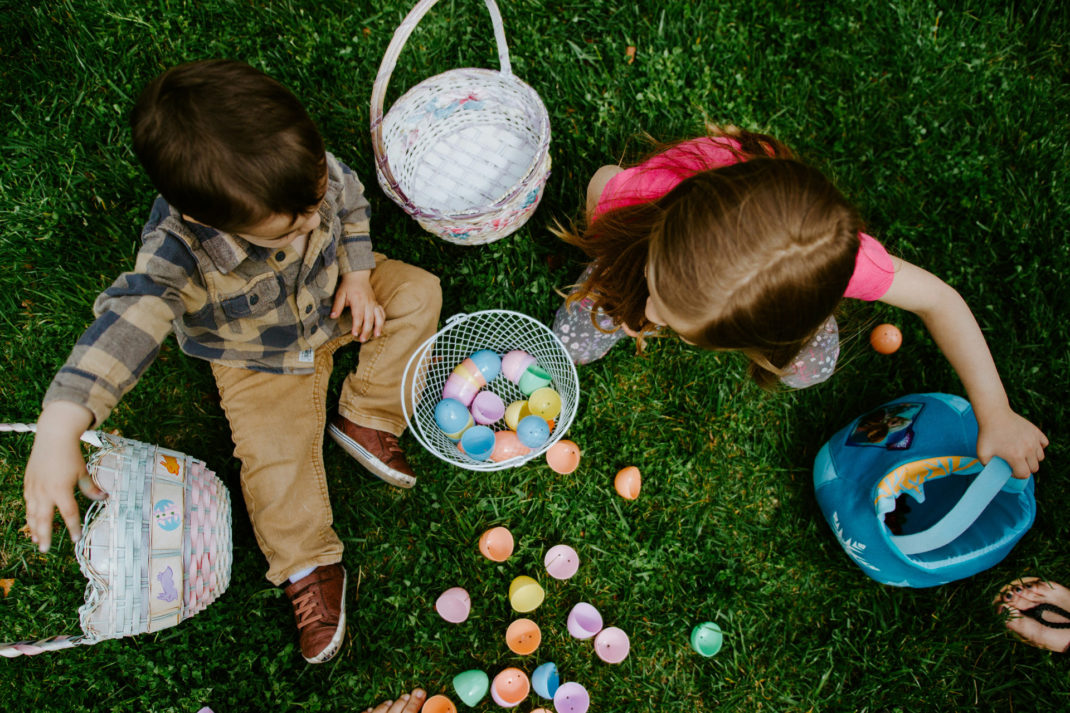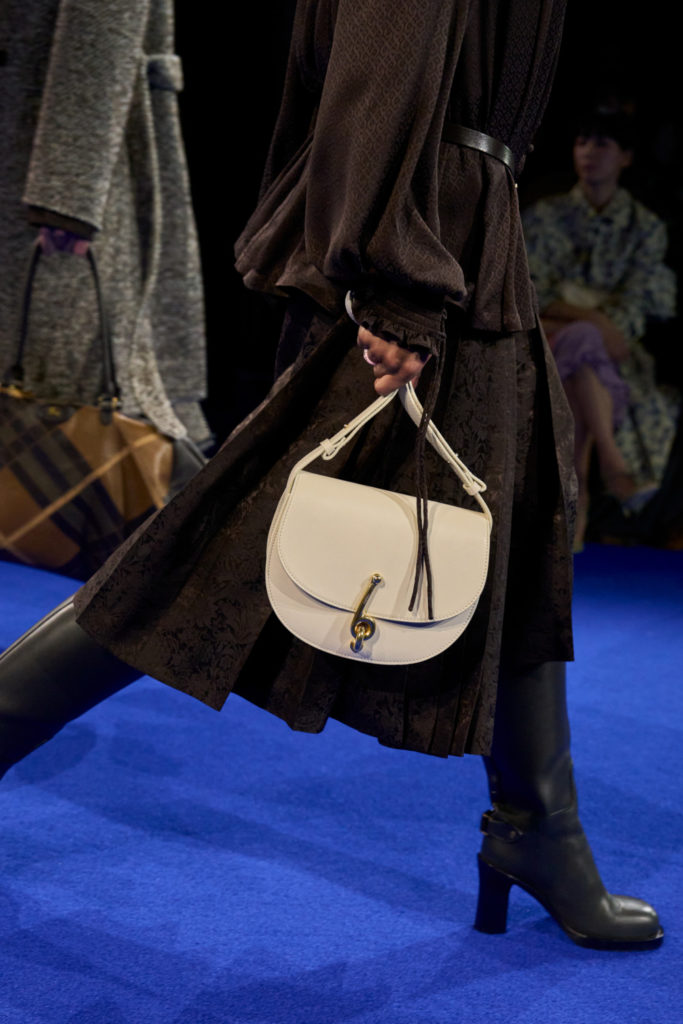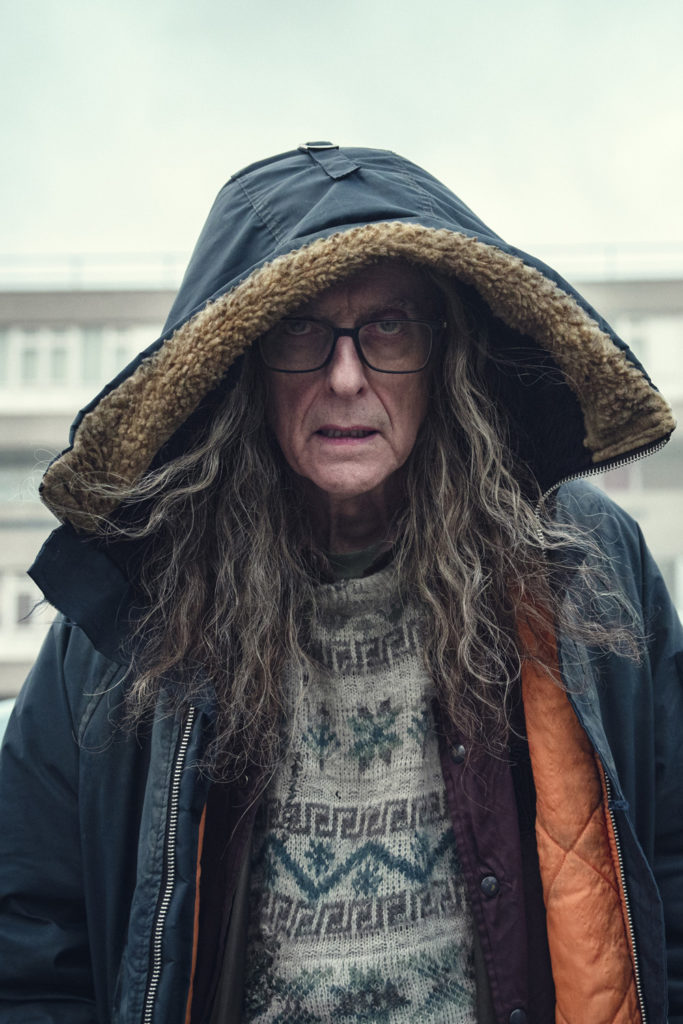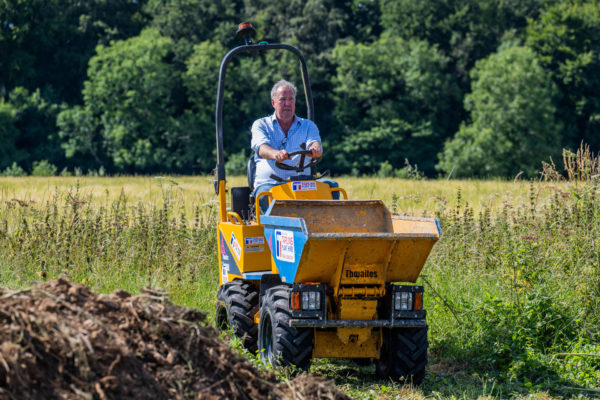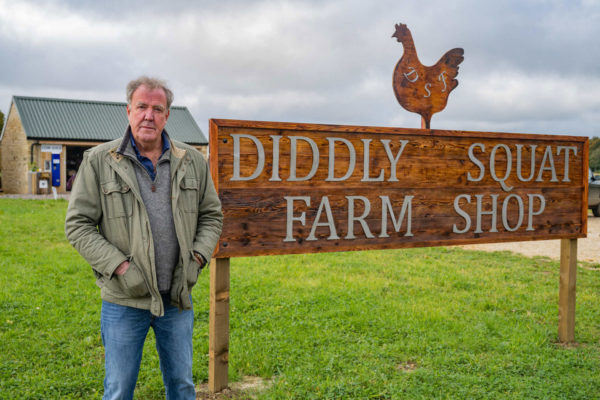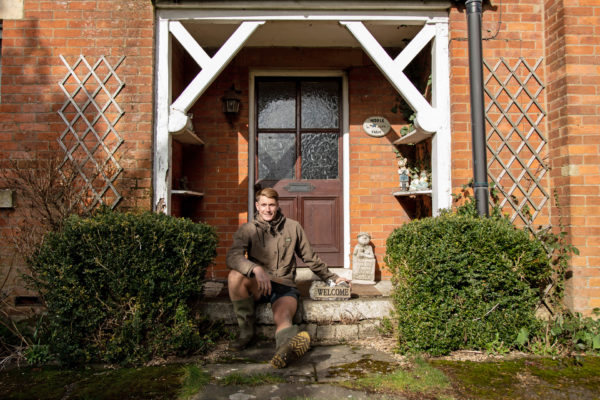Exclusive Interview With Clarkson’s Farm Star Lisa Hogan
By
1 year ago
The hotly anticipated third season airs this May
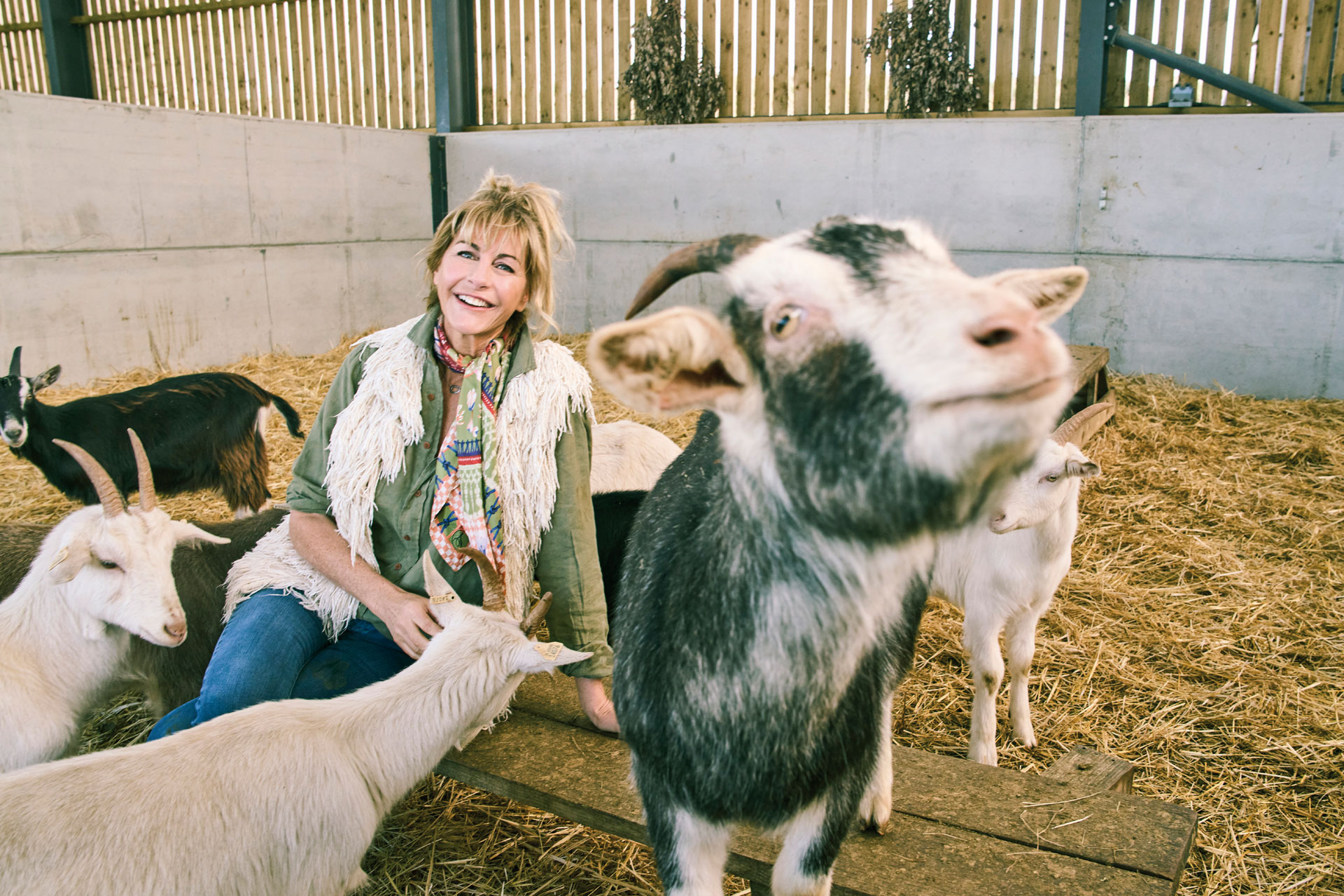
Lisa Hogan is Jeremy Clarkson’s charming other half – whose presence on the smash hit TV show Clarkson’s Farm provides a calming counterpoint to telly’s popular provocateur. But she’s also building up the Diddly Squat brand on her own terms, as she tells Lucy Cleland.
Lisa Hogan On Life At Diddly Squat Farm
The second series of Clarkson’s Farm ended on a cliffhanger. Would Jeremy and his band of merry men and women get away with keeping the restaurant constructed from a crumbling barn in just two days; or would the local council dash his culinary dreams? Would Jeremy’s barren cow Pepper be kept as a family pet or would another fate await her? Did the costly echium crop reap him ample reward or barely sprout a shoot? I could tell you but then I’d have to kill you. Or perhaps Jeremy would set Maestro the bull upon me – or steer him towards the source of all this juicy farm gossip: his wonderfully open, warm and willowy Irish girlfriend Lisa Hogan – she’s 6ft 1in with possibly the longest legs in the Cotswolds. Unlikely though. Theirs seems a happy match: ‘Yeah,’ she quips with her typical Irish humour. ‘He’s quite interesting and I’m quite lazy.’
I meet her in Holland Park, where the couple keep a flat nearby, just before Christmas. She’s breaking in her new green leather Tod’s boots as we walk around the park and stop for coffee at the café. We were due to meet at Diddly Squat, the 1,000-acre farm in the Cotswolds that she now shares with Jeremy (and which he’s owned for over 20 years), but she’s up in London to be with her daughter Alice, 24, who isn’t feeling well.
Lisa has been Jeremy’s other half for the past seven years since they met at a party in 2017 – and now they’re both fully committed to making farm life work. And work they do. They film Clarkson’s Farm for about 12 months, two to three days a week (and only had a two-week break between the end of filming season two and the beginning of three). When not being woken by cockerels at 4am, corralling renegade cattle or trying to outwit the local council, Jeremy has three, sometimes four, columns a week to write. ‘Jeremy works really hard. He’s always working. He loves it,’ although he’s recently wrapped the last series of The Grand Tour and will be hanging up his driving gloves for good, aged 63.
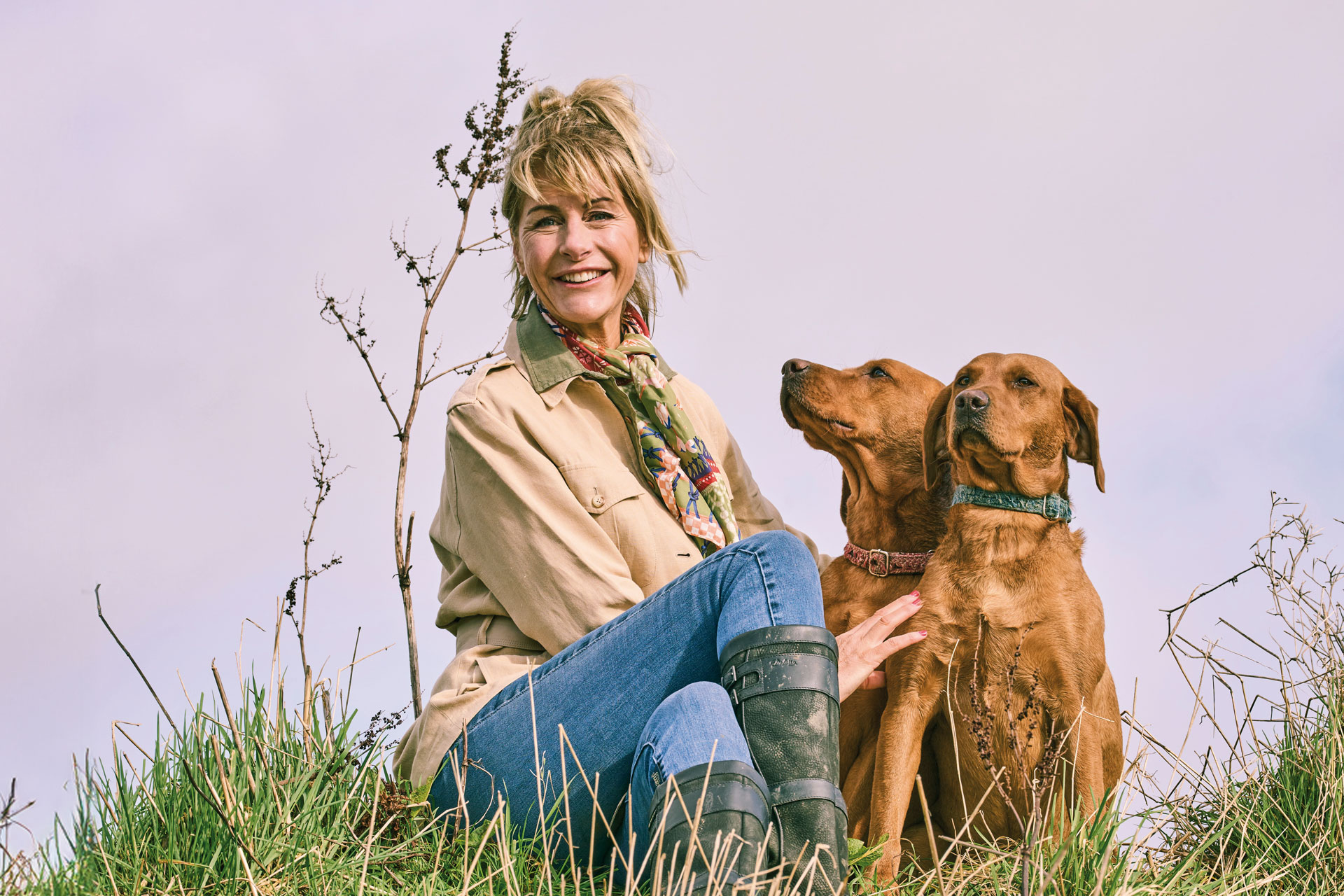
Meanwhile, Lisa has given up her work as a sculptor – for now – to concentrate on making the farm shop, and the burgeoning Diddly Squat lifestyle brand, a success. ‘It’s my heart and soul,’ she says. This year she’s channelling her creative energy into making her own perfume, called Drive (natch), candles and homeware. She has an eye on a kids and gardening range, too, as well as keeping on working with her ‘amazing’ local suppliers (everything sold in the shop must come from within a 16-mile radius and her biggest joy comes from haggling, ‘well, everything,’ she says).
The couple never thought that the series would be the outstanding success that it is – the second one racked up nearly 4.3 million TV viewers, making it Amazon Prime Video’s most-watched original show in the UK, and a fourth series has already been commissioned. It originally came about because Jeremy’s contract with Amazon for The Grand Tour required that each of the presenters – Jeremy, plus James May and Richard Hammond – also do a solo show. Focusing his on the farm was a no-brainer for Jeremy because, Lisa recalls, ‘he quite fancied a new tractor and a new barn’. ‘I remember sitting down one night,’ she says, ‘and drawing a spider diagram of what we could do – the lavender over here, sheep over there etc, and in the centre was the heartbreak of farming, because in Ireland farming is really heartbreaking.’
That heartbreak is no doubt part of the appeal of the show – revealing as it does the sometimes brutal existence of farming and just how hard it is to make it a viable way of living. This is unvarnished viewing – the scenes are shot literally as they come. ‘If we’re filming a scene, we’ll be in the car going somewhere and I’ll say, “Do you want to give me a heads up?” And Jeremy’s like, “No, I want your reaction on camera”. We do the same to him. So Charlie [Jeremy’s land agent and adviser] and I’ll be in on something, and we won’t tell him. But he wants that. He is a perfectionist. He really wants to make it enjoyable for people to watch. And if it’s not good enough, he believes they won’t enjoy it.’ We’ll have to wait and see then whether a particular episode with the cows makes the final cut in series three.
One thing that probably won’t happen is a complete conversion to organic and regenerative farming, although they are in talks with Andy Cato’s Wildfarmed, which produces regeneratively grown wheat. Jeremy, Lisa says, ‘can’t do a Bamford’, referring to the ‘amazing’ organic empire of their farming friends and neighbours, Lord and Lady Bamford: ‘He says he can’t feed people if he does that.’
However, series two saw a gear shift to more environmentally friendly practises with the introduction of mob grazing – letting the cows eat and defecate on the pasture, then moving them on after a day or so and leaving the grass to recover for a longer time than usual. Then the chickens are freed to mush the manure into the ground – it’s better for soil and cattle health. ‘We still have lots to learn,’ says Lisa, ‘but instinctively Jeremy’s getting much better [at farming]. He’s kind of realising things that Kaleb Cooper [the knowledgeable and witty farmhand who’s sidelining farming with a season on the stage in his popular one-man show, The World According to Kaleb] knows automatically.’ But the couple are banking on science – and in particular hydrogen (maybe they’re in on Jo Bamford’s £1bn hydrogen investment fund) – playing its part when it comes to better practices: ‘I really believe in the progression of farming and that the scientists will come up with something that can help sustain it,’ says Lisa.
Meanwhile, you’ll be glad to hear that romance isn’t dead in the Clarkson household. The most romantic thing Jeremy does for Lisa is ‘to drive her to and collect her from the train station’. And when they’re both particularly knackered and need to stop drinking every evening, Lisa will whip them off to a health farm. Well, she did once. To a juice detox clinic in Portugal. It did not go well.
‘Yeah, I got him at a low moment – really tired and really hungover. It pissed down every single day. I’m not talking normal rain. I’m talking sideways rain. And Jeremy said, “Why would I work for 34 years and then you bring me here?”’ But at least it made good copy. ‘By Thursday, I was so miserable that I elected to go into hospital and have an operation,’ he wrote in his Sunday Times column afterwards.

It’s fair to say that while Jeremy and Lisa, now farmer and shopkeeper, aren’t entirely at the mercy of the farming way of life (they’re hardly short of a few quid), they have pushed farming – which has a critical role in managing the environment of more than 70 percent of the UK’s land area and produces 60 percent of the food we eat, into the front rooms of millions of people, who may not have given it too much thought before.
Farmers – and others who feel some positive Clarkson effects – overall seem to be delighted. Giles Reid, for example, who runs West Horsley Place, in Surrey, puts the success of his hedgerow festival firmly at Clarkson’s door, while Glebe Farm’s Philip Taylor says: ‘The usual comment from farmers is that Clarkson’s Farm has done more for showing the reality of farming than over 40 years of Countryfile.’ Even the Soil Association’s Helen Browning credits them with ‘at least’ capturing the farming challenges of ‘the weather, farm gate prices, animals escaping at inconvenient moments’, while acknowledging it’s mostly for entertainment.
At a time when farmers are protesting against supermarket prices and cheap food imports from post-Brexit trade deals, Clarkson’s Farm feels like it’s more important than ever – giving an unvarnished narrative – with unvarnished performances – to the small-holder farmer who is struggling and needs all our help and support, as they confront the twin needs of food production and protecting our soil and biodiversity.
As for Lisa, as well as playing the calming, charming counterpoint to telly’s popular provocateur, there’s no doubt that the industry and passion she’s putting into building up the Diddly Squat brand at the farm shop and online might see the couple compete as to who brings in the most farm revenue. Whoever wins, no doubt it will continue to make the most excellent telly.
For more about Lisa’s farm shop, visit diddlysquatfarmshop.com. Clarkson’s Farm series three airs on Amazon Prime from 3 May.

